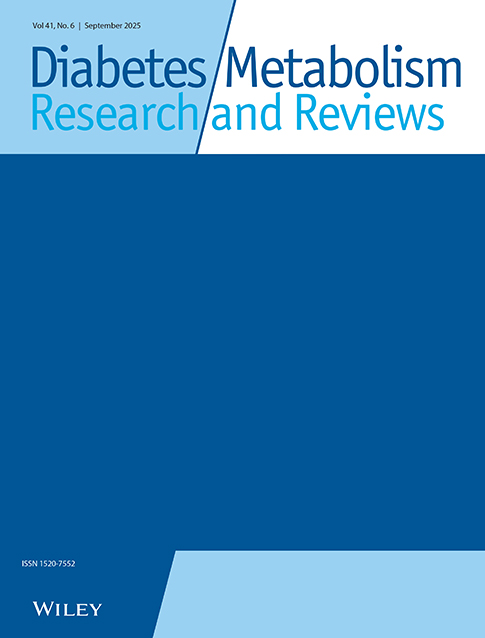Comparison of the anti-diabetic effects of GIP- and GLP-1-receptor activation in obese diabetic (ob/ob) mice: studies with DPP IV resistant N-AcGIP and exendin(1–39)amide
Abstract
Background
The two major incretin hormones, glucose-dependent insulinotropic polypeptide (GIP) and glucagon-like peptide-1 (GLP-1) are being actively explored as anti-diabetic agents because they lower blood glucose through multiple mechanisms. The rapid inactivation of GIP and GLP-1 by the ubiquitous enzyme, dipeptidyl peptidase IV (DPP IV) makes their biological actions short-lived, but stable agonists such as N-acetylated GIP (N-AcGIP) and exendin(1-39)amide have been advocated as stable and specific GIP and GLP-1 analogues.
Methods
The present study examined the sub-chronic (14 days) anti-diabetic actions of single daily doses of N-AcGIP and exendin(1-39)amide given alone or in combination to obese diabetic (ob/ob) mice over a 14-day period.
Results
Initial experiments confirmed the potent anti-hyperglycaemic and insulinotropic properties of N-AcGIP and exendin(1-39)amide. Sub-chronic administration of N-AcGIP alone or in combination with exendin(1-39)amide significantly decreased non-fasting plasma glucose and improved glucose tolerance compared to control ob/ob mice. This was associated with a significant enhancement of the insulin response to glucose and a notable improvement of insulin sensitivity. Combined treatment with N-AcGIP and exendin(1-39)amide also significantly decreased glycated haemoglobin. Exendin(1-39)amide alone had no significant effect on any of the metabolic parameters monitored. In addition, no significant effects were observed on body weight and food intake in any of the treatment groups.
Conclusions
The results illustrate significant anti-diabetic potential of N-AcGIP alone and in combination with exendin(1-39)amide. Copyright © 2007 John Wiley & Sons, Ltd.




